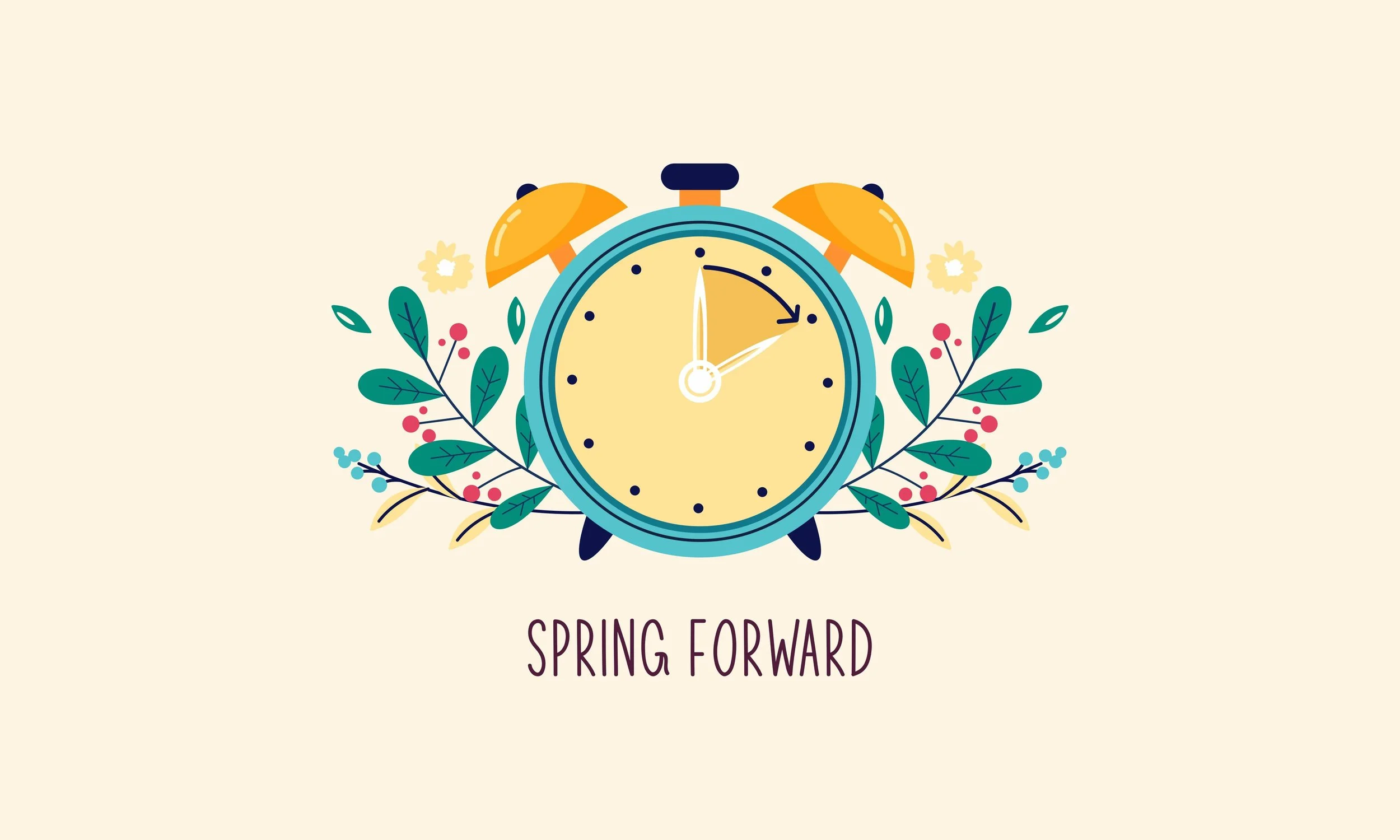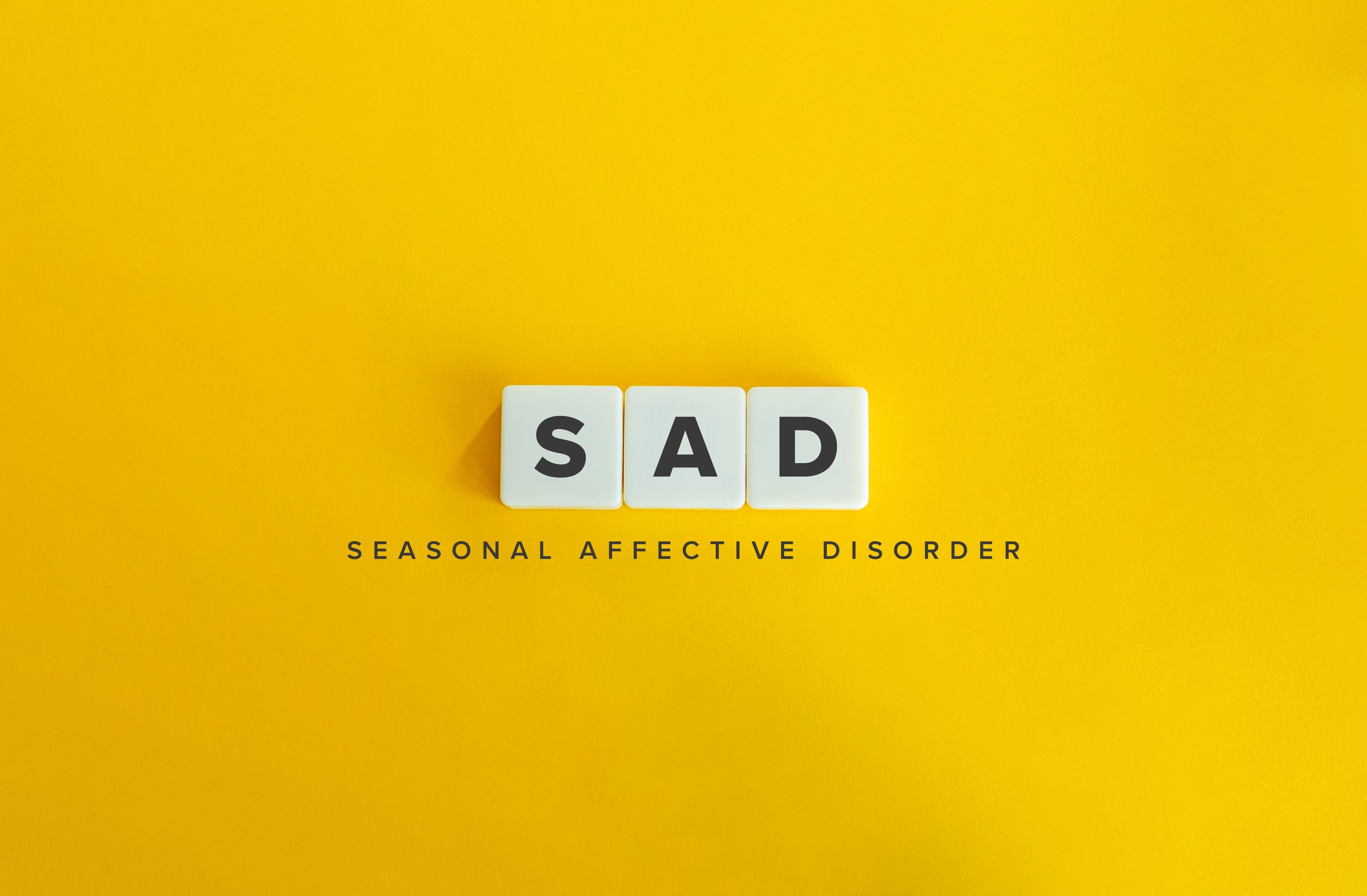Daylight Savings Time and Mental Health: Conquering the Time Change Blues
As daylight savings time rolls around, the days grow longer, and the evenings brighter, many of us welcome the change with open arms. However, the shifting of the clocks can also significantly impact our mental health. The disruption to our internal body clocks, also known as circadian rhythms, can lead to feelings of fatigue, irritability, and even seasonal affective disorder (SAD). In this blog post, we'll explore the connection between daylight savings time and mental health and provide tips to conquer the time change blues.
The Impact of Daylight Savings Time on Mental Health
The transition to daylight savings time, whether it's "springing forward" or "falling back," can throw off our internal body clocks, leading to a range of mental health challenges. For many people, losing or gaining an hour of sleep can disrupt their sleep patterns, leaving them feeling dizzy and disoriented.
Seasonal Affective Disorder (SAD)
For some individuals, the onset of daylight savings time can exacerbate symptoms of seasonal affective disorder (SAD). SAD is a type of depression that occurs at the same time each year, typically during the fall and winter months when daylight hours are shorter. The shift to daylight savings time can further reduce exposure to natural light, triggering feelings of sadness, lethargy, and depression.
Tips for Conquering Daylight Savings Time Blues
Gradually Adjust Your Sleep Schedule: In the days leading up to the time change, try progressively adjusting your sleep schedule by going to bed and waking up 15-30 minutes earlier each day. This can help your body gradually acclimate to the new time.
Prioritize Sleep Hygiene: Establish a relaxing bedtime routine and create a sleep-friendly environment by keeping your bedroom dark, quiet, and calm. Avoid screens and stimulating activities before bed, and follow a consistent sleep schedule.
Get Plenty of Natural Light: Exposure to natural light is crucial for regulating your body's internal clock. Try to spend time outdoors during daylight hours, especially in the morning, to help reset your circadian rhythms.
Stay Active: Regular exercise can help boost your mood and energy levels, making it easier to cope with the effects of daylight savings time. Aim for at least 30 minutes of physical activity each day, whether it's a brisk walk, a yoga class, or a workout at the gym.
Practice Self-Care: Take time to prioritize self-care and engage in activities that bring you joy and relaxation. Whether reading a book, taking a hot bath, or spending time with loved ones, prioritize self-care during the transition to daylight savings time.
Consider Light Therapy: If you struggle with symptoms of SAD, light therapy can be an effective treatment option. Light therapy involves exposing yourself to bright artificial light for a specified period each day, which can help regulate your body's internal clock and alleviate symptoms of depression.
While the transition to daylight savings time can be challenging, especially for those with pre-existing mental health conditions, there are steps you can take to minimize its impact on your well-being. By prioritizing sleep, staying active, and practicing self-care, you can conquer the time-change blues and emerge feeling refreshed and rejuvenated. Remember, listening to your body and giving yourself grace as you adjust to the new schedule is essential. With a bit of time and patience, you can easily navigate the transition to daylight savings time.





